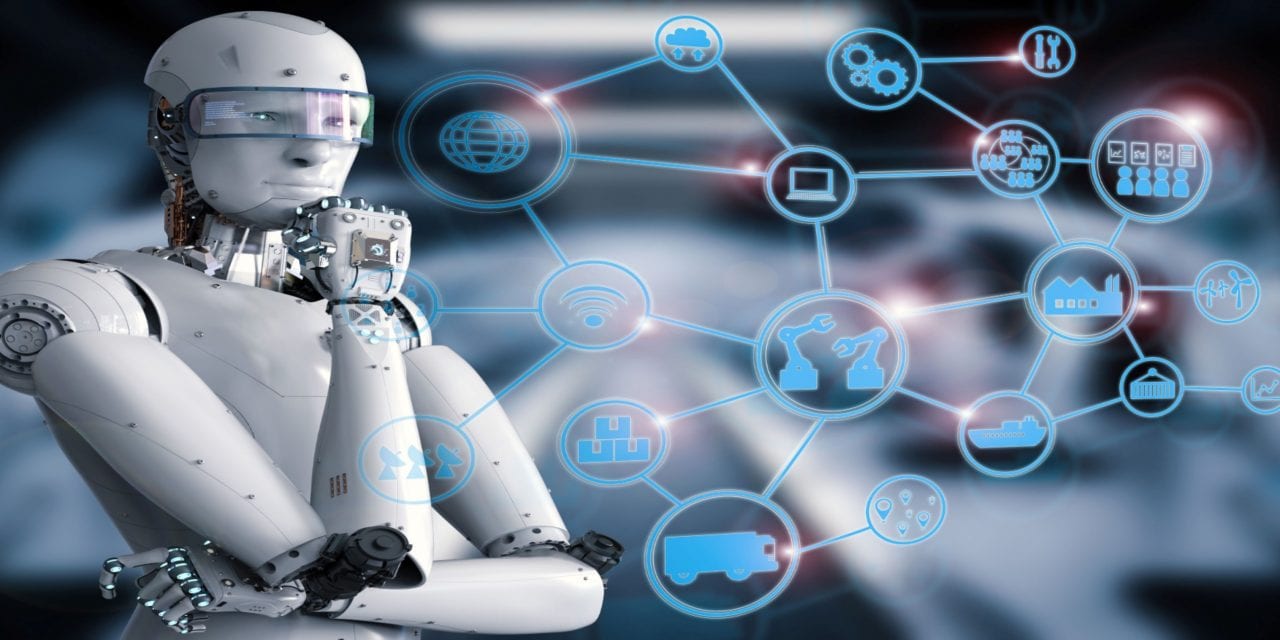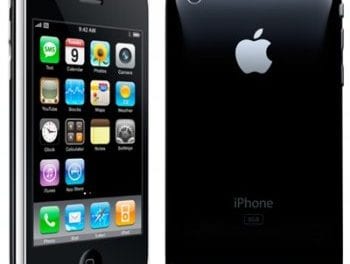What Does CES 2019 Mean for Senior Living?
By Susan Saldibar
Did you happen to tune in to any of the CES2019 exhibits and stories? CES, for those who aren’t familiar with the show, it is sponsored by the Consumer Technology Association (CTA), an active “idea” platform for tech pioneers and visionaries. The CES event showcases the latest jaw-dropping, next-gen consumer technologies. And it’s fun to see what’s coming down the pipeline.
Jacquie Brennan, Vice President of Vigil Health Solutions, and the team at Vigil are well acquainted with the CES event (Vigil is a Senior Housing Forum Partner). Being innovators themselves, they regularly tune into these conferences, always looking for new ideas and technologies that they can either connect to or partner with to keep their systems on the cutting edge.
I asked Jacquie what the conventional wisdom was over at Vigil in terms of understanding how this technology will play out in senior living. She, together with Steven Smith, VP of Development, gave me a list of things that they noted could apply to the senior living market. Here goes:
Robots: This is what Steve saw the most of. Bots for virtually anything, including:
-
Laundry robots, do the laundry, fold clothing, etc.
-
Meds bots that organize medications and monitor their distribution.
-
Personal care bots that monitor heart rate, breathing, steps, falls, and so on.
-
Air purifier bots that roll around and eliminate air impurities from smoke, carbon monoxide, etc.
-
Companion bots (complete with bobbing heads when they “talk”) that include smart displays which respond to voice commands, as well as a camera that lets you make video calls.
-
Bot “pets” which look, feel, and move like real cats and dogs. Some have temperature control to make them warm to the touch, with a “beating” heart. About as close to the real thing as you can get.
Wearables: This includes watches, clothing, etc.
-
Clothing with exoskeleton/exomuscles for adding strength and prolonging mobility. They are calibrated to fit the individual’s profile. So, as an example, if you have trouble with mobility it will support your muscles where needed and aid in walking, sitting and even simple moving.
-
Wearable sensors that collect data about a senior’s actions and behavior. So that might include how and what they eat, and drink as well as where and how they walk. It could also track sleep and other activities, such as grooming and bathing. AI added on the back end will be able to detect warning signs of neglect, depression, and other aberrations that might indicate illness, dehydration, malnutrition, or increased risk of falling.
And, as you can imagine, CES 2019 also featured plenty of drones and other cool things like flying cars, car dashboards that basically run your life and watches that “self-wind” powered by your own body.
As a lover of technology, I admit that I really get into this stuff. I love the idea that, as I age, I’ll have an assortment of bots at my command to make sure I am taking my meds, optimizing my basal metabolic rate, and making sure I don’t do anything really stupid (and get help when I do). But will senior living community operators love it?
Jacquie and I found ourselves mulling over lots of questions. How will technology change the current senior living community model? Will it keep aging seniors in their homes longer? Is that a bad thing? And, will more senior living community operators partner with “at home” service providers to make sure it’s not a bad thing?
Will technology lead to less personal, tactile interactions, reducing the “human touch” as we know it? Or will we, in the process of adopting the technology, redefine what the human touch really is?
No one really has any solid answers at this stage in the game. But maybe senior living operators should be trying to find some. Are you?
For more information about Vigil Health Solutions, you can visit their website.
Download a PDF copy of this article by clicking on the button below:











